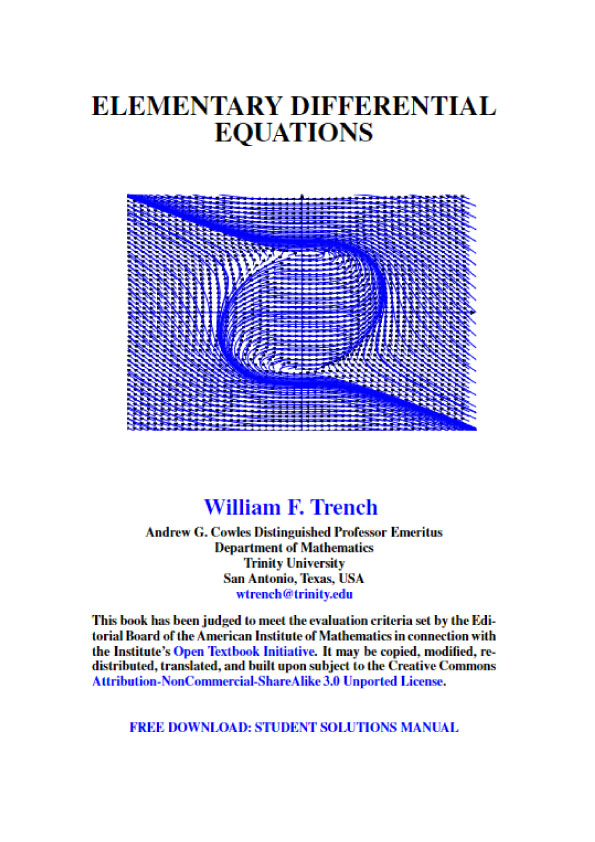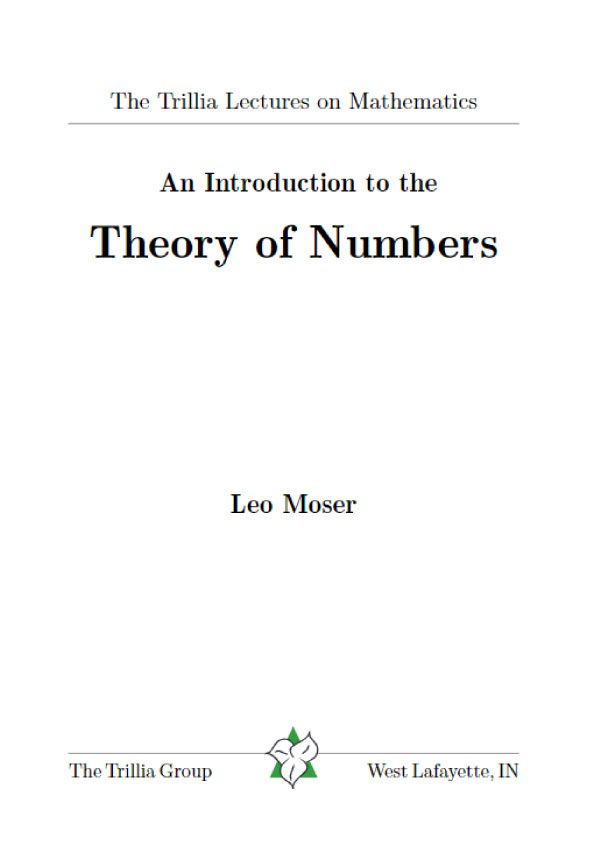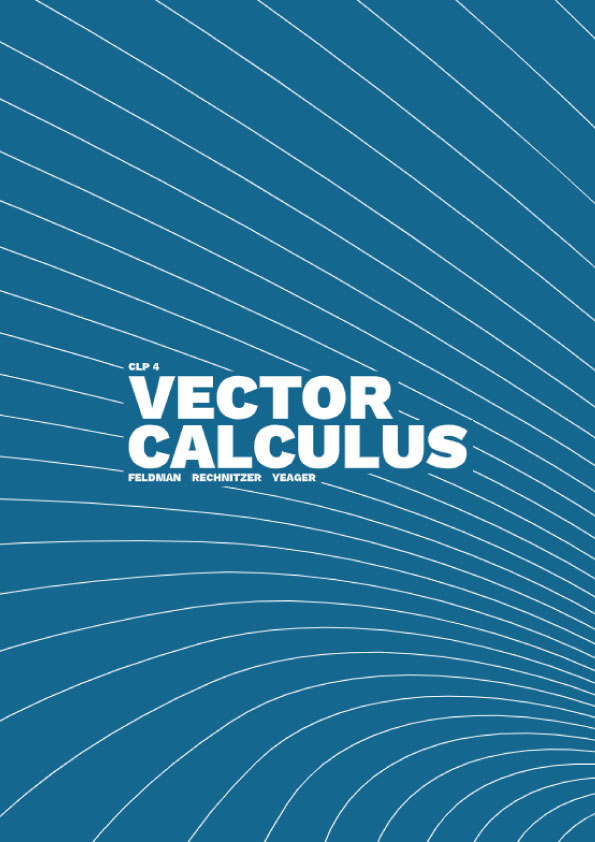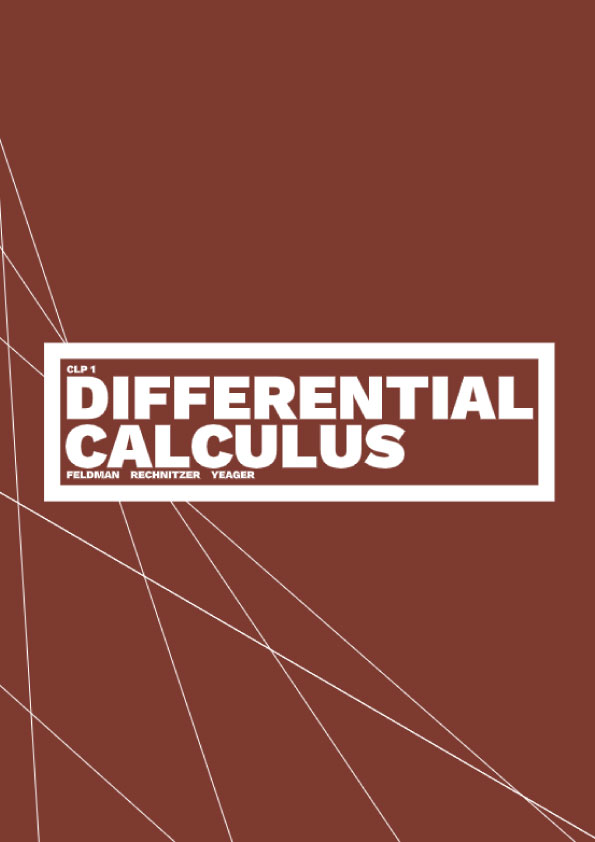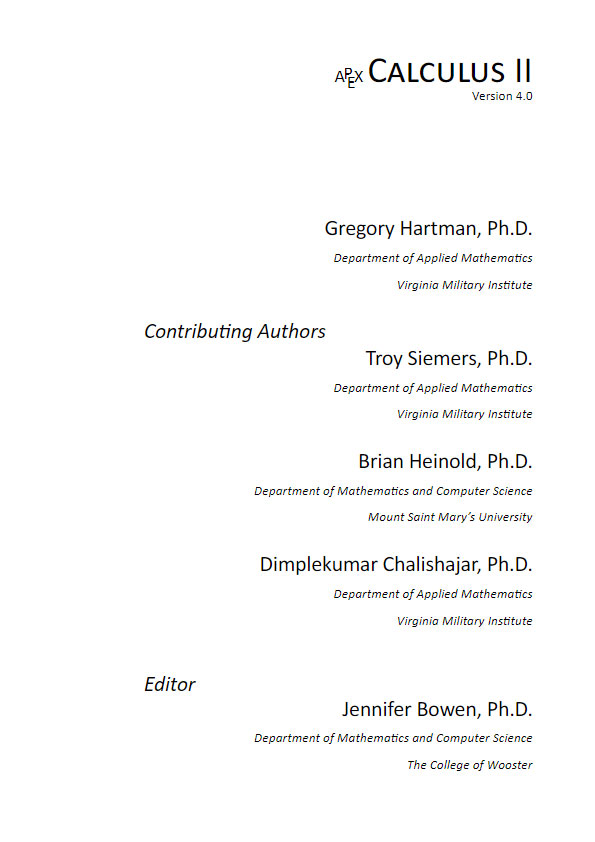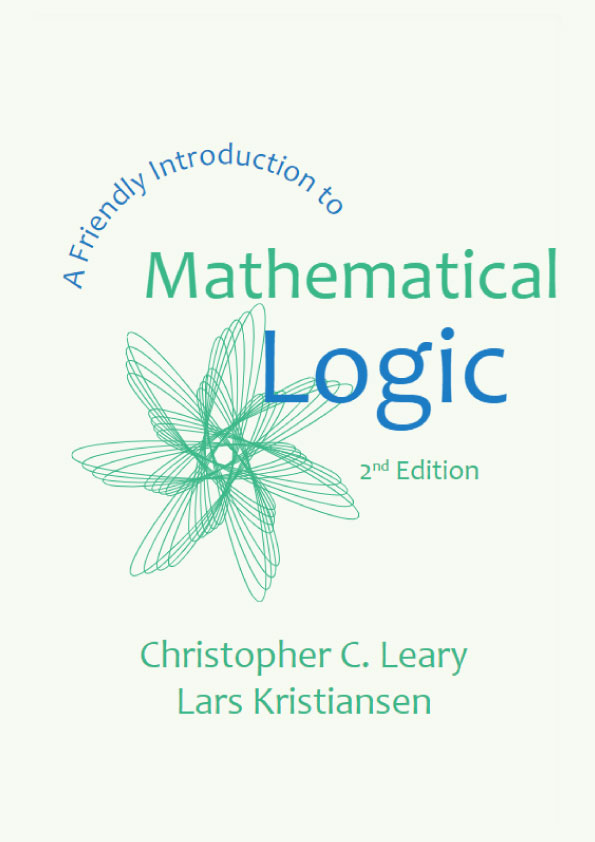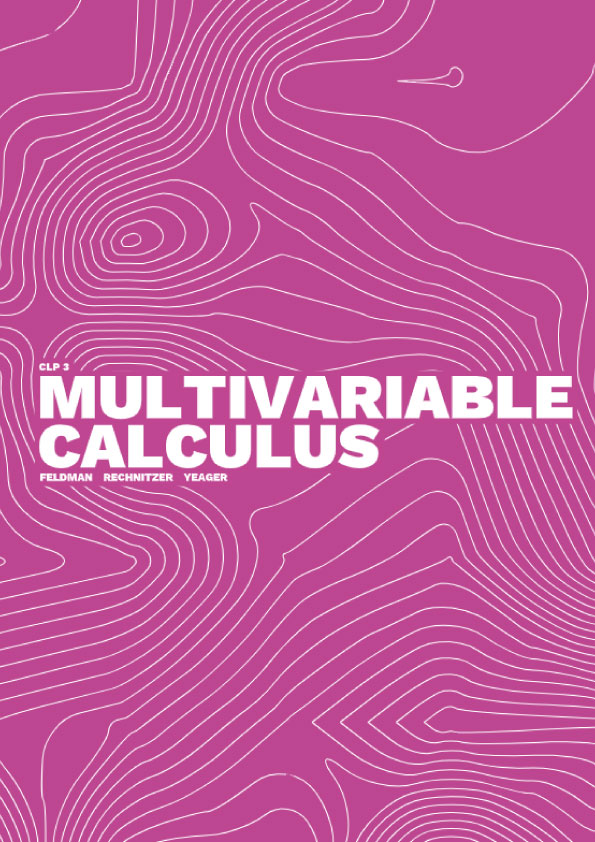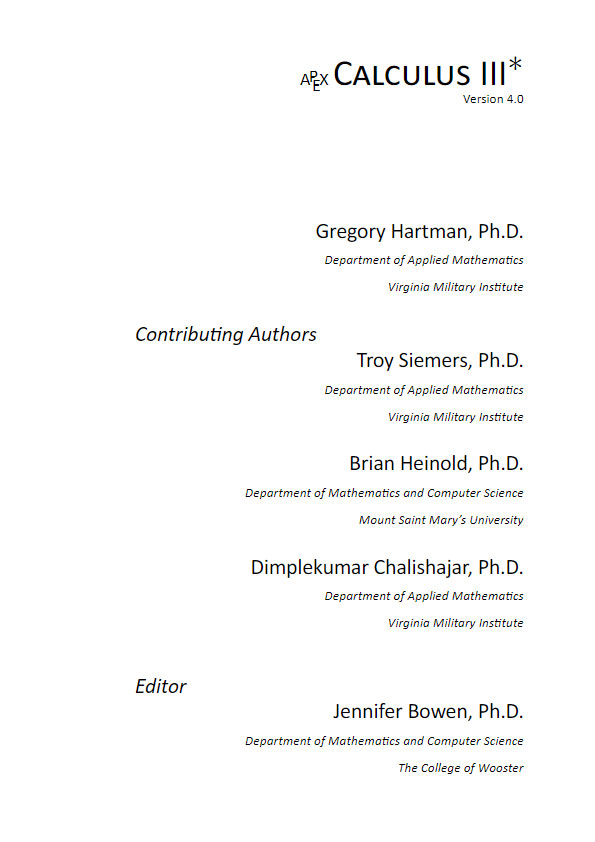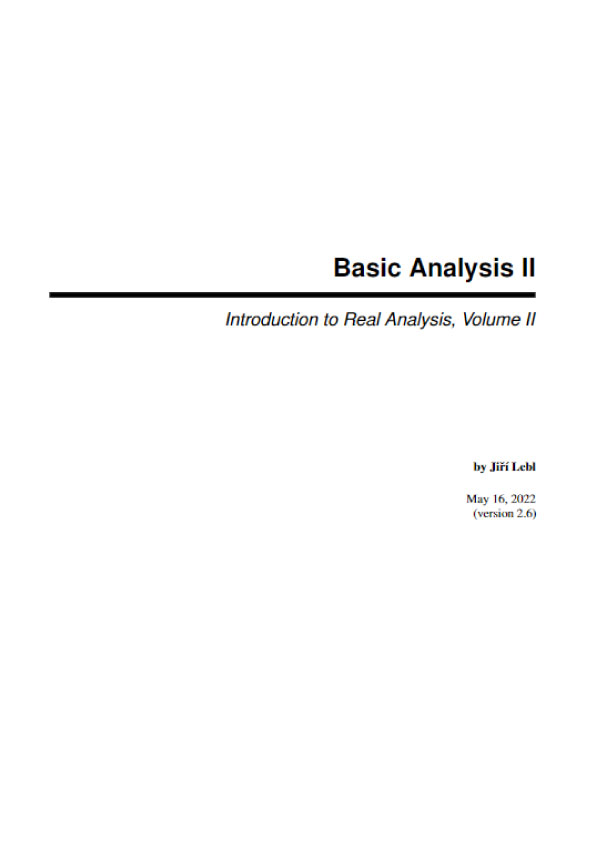Chapter 1 – Introduction
1.1 Applications Leading To Differential Equations
In order to apply mathematical methods to a physical or “real life” problem, we must formulate the problem in mathematical terms; that is, we must construct a mathematical model for the problem. Many physical problems concern relationships between changing quantities. Since rates of change are represented mathematically by derivatives, mathematical models often involve equations relating an unknown function and one or more of its derivatives. Such equations are differential equations. They are the subject of this book.
Much of calculus is devoted to learning mathematical techniques that are applied in later courses in mathematics and the sciences; you wouldn’t have time to learn much calculus if you insisted on seeing a specific application of every topic covered in the course. Similarly, much of this book is devoted to methods that can be applied in later courses. Only a relatively small part of the book is devoted to the derivation of specific differential equations from mathematical models, or relating the differential equations that we study to specific applications. In this section we mention a few such applications.
The mathematical model for an applied problem is almost always simpler than the actual situation being studied, since simplifying assumptions are usually required to obtain a mathematical problem that can be solved. For example, in modeling the motion of a falling object, we might neglect air resistance and the gravitational pull of celestial bodies other than Earth, or in modeling population growth we might assume that the population grows continuously rather than in discrete steps.
A good mathematical model has two important properties:
- It’s sufficiently simple so that the mathematical problem can be solved.
- It represents the actual situation sufficiently well so that the solution to the mathematical problem predicts the outcome of the real problem to within a useful degree of accuracy. If results predicted by the model don’t agree with physical observations, the underlying assumptions of the model must be revised until satisfactory agreement is obtained.
We’ll now give examples of mathematical models involving differential equations. We’ll return to these problems at the appropriate times, as we learn how to solve the various types of differential equations that occur in the models.
All the examples in this section deal with functions of time, which we denote by t . If y is a function of t , y0 denotes the derivative of y with respect to t ; thus,
![]()
Population Growth and Decay
Although the number of members of a population (people in a given country, bacteria in a laboratory culture, wildflowers in a forest, etc.) at any given time t is necessarily an integer, models that use differential equations to describe the growth and decay of populations usually rest on the simplifying assumption that the number of members of the population can be regarded as a differentiable function P D P.t/. In most models it is assumed that the differential equation takes the form
![]() (1.1.1)
(1.1.1)
where a is a continuous function of P that represents the rate of change of population per unit time per individual. In the Malthusian model, it is assumed that a.P / is a constant, so (1.1.1) becomes
![]() (1.1.2)
(1.1.2)
(When you see a name in blue italics, just click on it for information about the person.) This model assumes that the numbers of births and deaths per unit time are both proportional to the population. The constants of proportionality are the birth rate (births per unit time per individual) and the death rate (deaths per unit time per individual); a is the birth rate minus the death rate. You learned in calculus that if c is any constant then
![]() (1.1.3)
(1.1.3)
satisfies (1.1.2), so (1.1.2) has infinitely many solutions. To select the solution of the specific problem that we’re considering, we must know the population P0 at an initial time, say t D 0. Setting t D 0 in (1.1.3) yields c D P.0/ D P0, so the applicable solution is
![]()
This implies that
![]()
that is, the population approaches infinity if the birth rate exceeds the death rate, or zero if the death rate exceeds the birth rate.
To see the limitations of the Malthusian model, suppose we’re modeling the population of a country, starting from a time t D 0 when the birth rate exceeds the death rate (so a > 0), and the country’s resources in terms of space, food supply, and other necessities of life can support the existing population. Then the prediction ![]() at may be reasonably accurate as long as it remains within limits that the country’s resources can support. However, the model must inevitably lose validity when the pre- diction exceeds these limits. (If nothing else, eventually there won’t be enough space for the predicted population!)
at may be reasonably accurate as long as it remains within limits that the country’s resources can support. However, the model must inevitably lose validity when the pre- diction exceeds these limits. (If nothing else, eventually there won’t be enough space for the predicted population!)
This flaw in the Malthusian model suggests the need for a model that accounts for limitations of space and resources that tend to oppose the rate of population growth as the population increases. Perhaps the most famous model of this kind is the Verhulst model, where (1.1.2) is replaced by
![]() (1.1.4)
(1.1.4)
where![]() ˛ is a positive constant. As long as P is small compared to 1/
˛ is a positive constant. As long as P is small compared to 1/![]() , the ratio P 0=P is approximately equal to a. Therefore the growth is approximately exponential; however, as P increases, the ratio P 0=P decreases as opposing factors become significant.
, the ratio P 0=P is approximately equal to a. Therefore the growth is approximately exponential; however, as P increases, the ratio P 0=P decreases as opposing factors become significant.
Equation (1.1.4) is the logistic equation. You will learn how to solve it in Section 1.2. (See Exercise 2.2.28.) The solution is
![]()
where ![]() Therefore
Therefore ![]() independent of
independent of ![]() Figure 1.1.1 shows typical graphs of P versus t for various values of
Figure 1.1.1 shows typical graphs of P versus t for various values of ![]()
